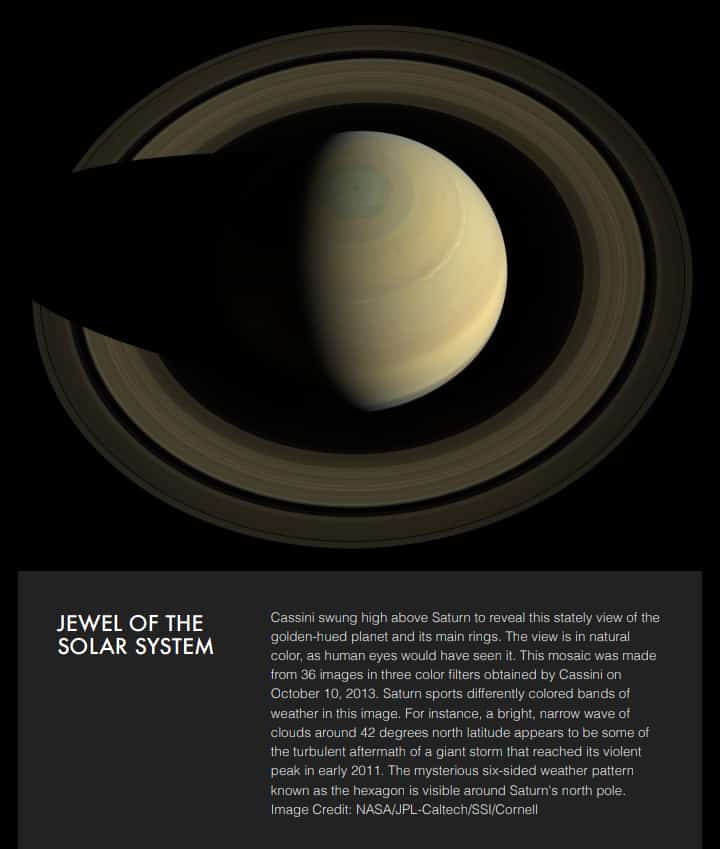Introduction:

Saturn, the sixth planet from the Sun, has long been a source of fascination for astronomers and space enthusiasts. With its stunning ring system and diverse moons, Saturn is a treasure trove of scientific discoveries waiting to be uncovered. In this post, we’ll delve into the notable missions that have explored Saturn and its moons, and what they’ve revealed about this captivating planet.
Flyby Missions:
The first spacecraft to visit Saturn was Pioneer 11 in 1979. This flyby mission provided valuable insights into Saturn’s atmosphere, magnetic field, and rings. The Voyager 1 and 2 missions followed in 1980 and 1981, respectively, and offered even more detailed observations of Saturn’s atmosphere, rings, and moons.
Orbiter Missions:
In 2004, the Cassini-Huygens mission began its 13-year exploration of Saturn. This orbiter mission revealed a wealth of information about Saturn’s atmosphere, rings, moons, and magnetic field. One of the most significant discoveries made by Cassini-Huygens was the presence of geysers on Enceladus, which suggests that this moon may have a liquid water ocean beneath its surface.
Lander Missions:
In 2005, the Huygens lander became the first spacecraft to land on Titan, Saturn’s largest moon. This mission provided valuable insights into Titan’s surface and atmosphere, including the presence of lakes and seas filled with liquid methane.
Future Missions:
Several future missions are planned to explore Saturn and its moons in the coming years. NASA’s Dragonfly mission, set to launch in 2027, will explore Titan’s surface and atmosphere in search of signs of life. The ESA’s Enceladus Life Finder mission, proposed for launch in the 2020s, will search for biosignatures in Enceladus’s subsurface ocean.
Key Discoveries:
Saturn and its moons have revealed many secrets to astronomers and space enthusiasts. Some of the most significant discoveries include:
- Geysers on Enceladus
- Lakes on Titan
- Saturn’s ring dynamics
- Moons’ unique geology
These discoveries have greatly expanded our understanding of Saturn and its moons, and have raised new questions about the possibility of life in our solar system.
Conclusion
Saturn and its moons offer a fascinating window into the wonders of our solar system. From the stunning ring system to the diverse moons, each with its unique geology and potential for life, Saturn is a treasure trove of scientific discoveries waiting to be uncovered. As we continue to explore Saturn and its moons, we may uncover even more secrets about the possibility of life in our solar system.
FAQs:
- What was the first spacecraft to visit Saturn?
Answer: Pioneer 11 in 1979. - What is the largest moon of Saturn?
Answer: Titan. - What is the name of the NASA mission that will explore Titan’s surface and atmosphere in search of signs of life?
Answer: Dragonfly. - What is the name of the ESA mission that will search for biosignatures in Enceladus’s subsurface ocean?
Answer: Enceladus Life Finder.





